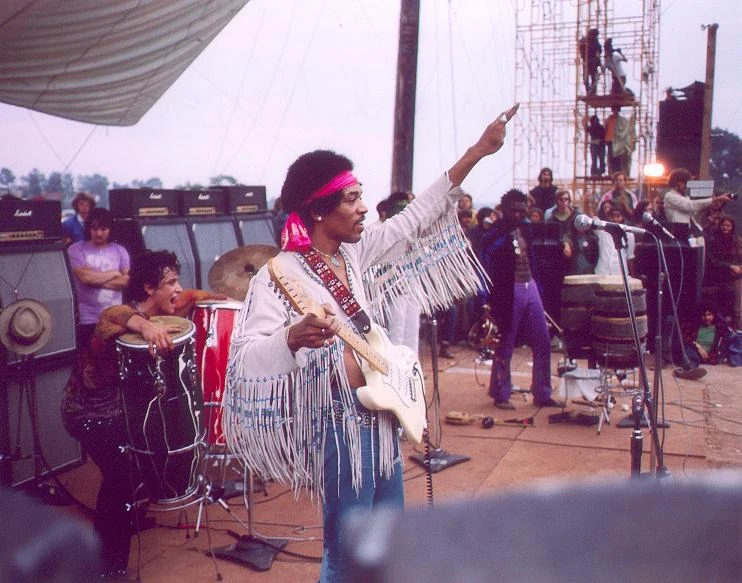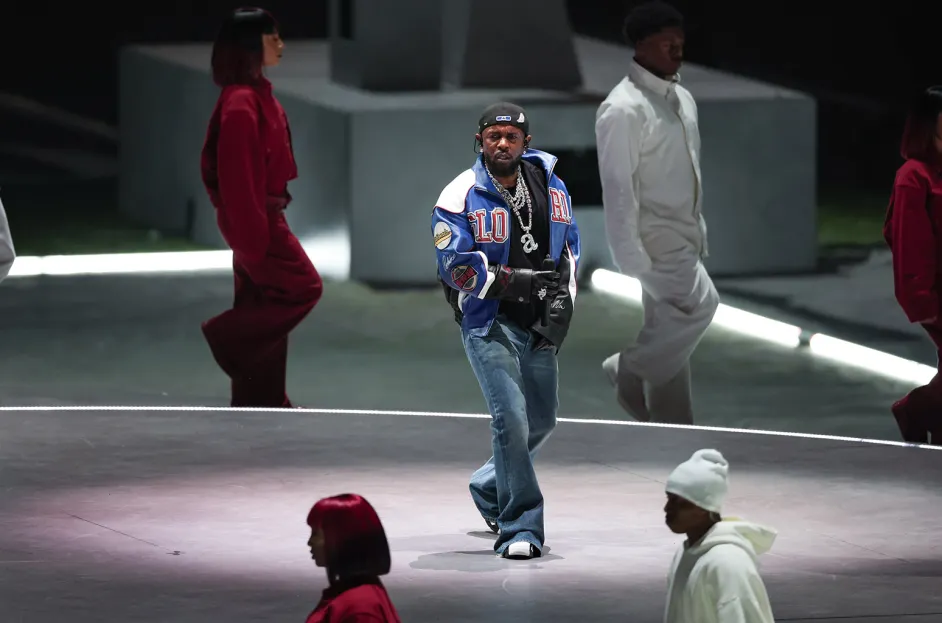
Kendrick Lamar's Super Bowl Halftime Performance 2025: We're still taking about and will be talking about it for years to come. Let's be honest, folks, if you weren't living under a rock (or perhaps stuck in a time warp back in the simpler days of "kid rhymes" in rap), you knew Kendrick Lamar was a force of nature long before he graced the Super Bowl halftime stage. This man isn't just a rapper; he's a Pulitzer Prize-winning, Grammy-gobbling, culture-shifting phenomenon. He's the guy who brought rival gang leaders together in a unity concert – a feat more impressive than most political summits. He's transcended race, social boundaries, and even musical genres. So when he took the stage, well, I learned what it means to travel from sixth gear to hyperdrive.

My initial reaction? "Yep, that's Kendrick." But then Samuel L. Jackson appeared, dressed as Uncle Sam, and the gears started turning. I knew we were in for something deeper, something that would spark conversations, ignite debates, and probably ruffle a few feathers. A Black man portraying Uncle Sam? Oh boy, the thick pieces were already being typed. After the performance, I sat still for a few minutes and debated with myself. Was this something much more powerful and impactful than perhaps I may have realized as I watched the show. Within seconds, I had m y answer. YES! My phone, the internet and every other form of human interaction kicked into hyperdrive. People were blown away, or pretty pissed. I thought, MISSION ACCOMPLISHED. It wasn't just a performance; it was a cultural moment waiting to happen.
HOW CULTURALLY POWERFUL WAS IT?
Then it hit me. As a music history buff, I recalled researching some of the most impactful performances in recent history. The Beatles on Ed Sullivan; notable but not culturally powerful. Jimi Hendrix at Woodstock: DEFINITELY. But this Was DIFFERENT. The time is different but a struggle remains. Kendrick transformed a battle rap into one of the most powerful performances ever televised, like it or not- for its ability to penetrate not only perspectives, but a mindset.

THE SWEET AND SULTRY SESSION WITH SZA
Let's pause for a moment to recognize the moment when two of music's most decorated artists of the decade came together to sweeten to pot with a stunning performance of IF THIS WORLD WERE MINE - taken from the Luther Vandross classic. It was priceless and Uncle Sam was happy; for the moment. Kendrick and SZA sizzled and he even added a vocal harmony that caught many fans by surprise.
You see, this guy is a generational talent that we haven't seen since Tupac. Kendrick's rap style is a unique blend. It resonates with millennials and Gen Z, a generation fluent in his lyrical language. But it's a far cry from the simpler, almost nursery-rhyme-esque rap of the '80s and early '90s. Back then, rap was often about parties, dancing, and playful battles. Profanity? Sexuality? Violence? Mostly absent. Then came the late '90s and 2000s, and suddenly gangster rap exploded onto the scene. Record labels, smelling dollar signs, pushed narratives of violence, drug dealing, and hyper-sexualized imagery. It was the era of the strip club anthem, a stark contrast to the socially conscious rap that was also emerging.

Kendrick, however, is a different breed. His halftime show wasn't about twerking or profanity. It was a rapid-fire delivery of complex lyrics, packed with references that would fly right over the heads of anyone over 50. "I don't understand what he's saying," some complained. Well, duh. It's not your generation's language. It's the language of your kids and grandkids. But some did get it, regardless of age or race. They saw a young man at the peak of his powers, using his platform to address the concerns of his generation, to highlight the historical injustices faced by Black Americans, and to acknowledge the irony of being asked to entertain while still fighting for basic equality. The performance was stark, powerful, and visually stunning, especially with SZA's appearance.
Then came the inevitable wave of reactions. "Who is this guy?" some asked, seemingly unaware of the biggest artist on the planet. "I don't recognize the songs," others chimed in, conveniently forgetting Kendrick's numerous chart-topping hits. And of course, there was the chatter about the "beef" with Drake. Let's be real, though. Drake, a Canadian artist from a privileged background, taking on a Compton-born, raised-in-the-streets Kendrick? It's a David and Goliath story with a twist. Kendrick, ever the wordsmith, used Drake as an example of cultural appropriation, of outsiders profiting from Black culture while often remaining dismissive of its origins. (And yes, I can still be a Drake fan and acknowledge this.)
Now, let's talk about the historical significance. This halftime show wasn't just watched; it was devoured. It surpassed even Michael Jackson's legendary performance in viewership. People weren't just waiting for the game to resume; they were tuning in for the show. And when it was over? Many tuned out of the game entirely. The reactions were all over the map. Some called it the worst show ever, others hailed it as the greatest. But one thing was undeniable: it moved people. It sparked pride, joy, anger, shame, patriotism – a whole spectrum of emotions.

The NFL, ever the savvy marketers, knew what they were doing. Controversy equals attention equals ratings. They've seen this playbook before. They'll apologize if necessary, smooth things over, and rake in the profits. And they're probably sending Kendrick a thank-you note as we speak.
But the most potent moment? The "40 acres and a mule" line. That one phrase sent ripples through the audience, particularly among white viewers unfamiliar with its historical context. It forced people to Google, to learn, to understand. It brought to the forefront the broken promise made to newly freed slaves after the Civil War. While other groups received reparations, Black Americans, despite their contributions to the nation, were denied the land and resources they were promised.
This single statement encapsulated the message of the entire performance, underscored by the powerful imagery of the dancers and the sheer artistry of Kendrick's music. It was a masterclass in cultural commentary, disguised as a halftime show. It was a reminder that sometimes, the most entertaining performances are the ones that make you think, question, and maybe even squirm a little. It was, in short, Kendrick Lamar at his finest.









Comentários